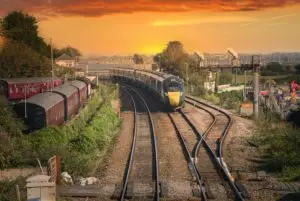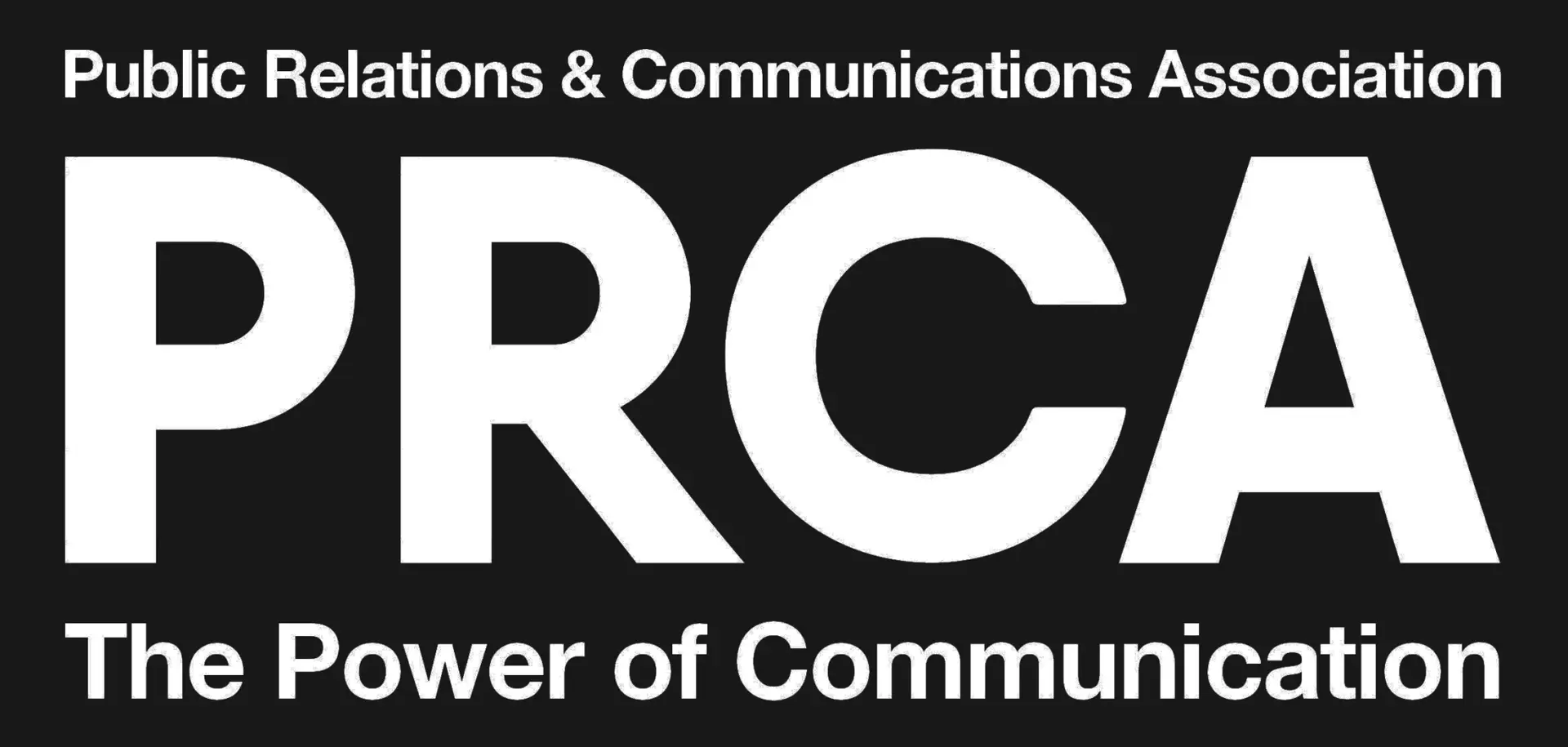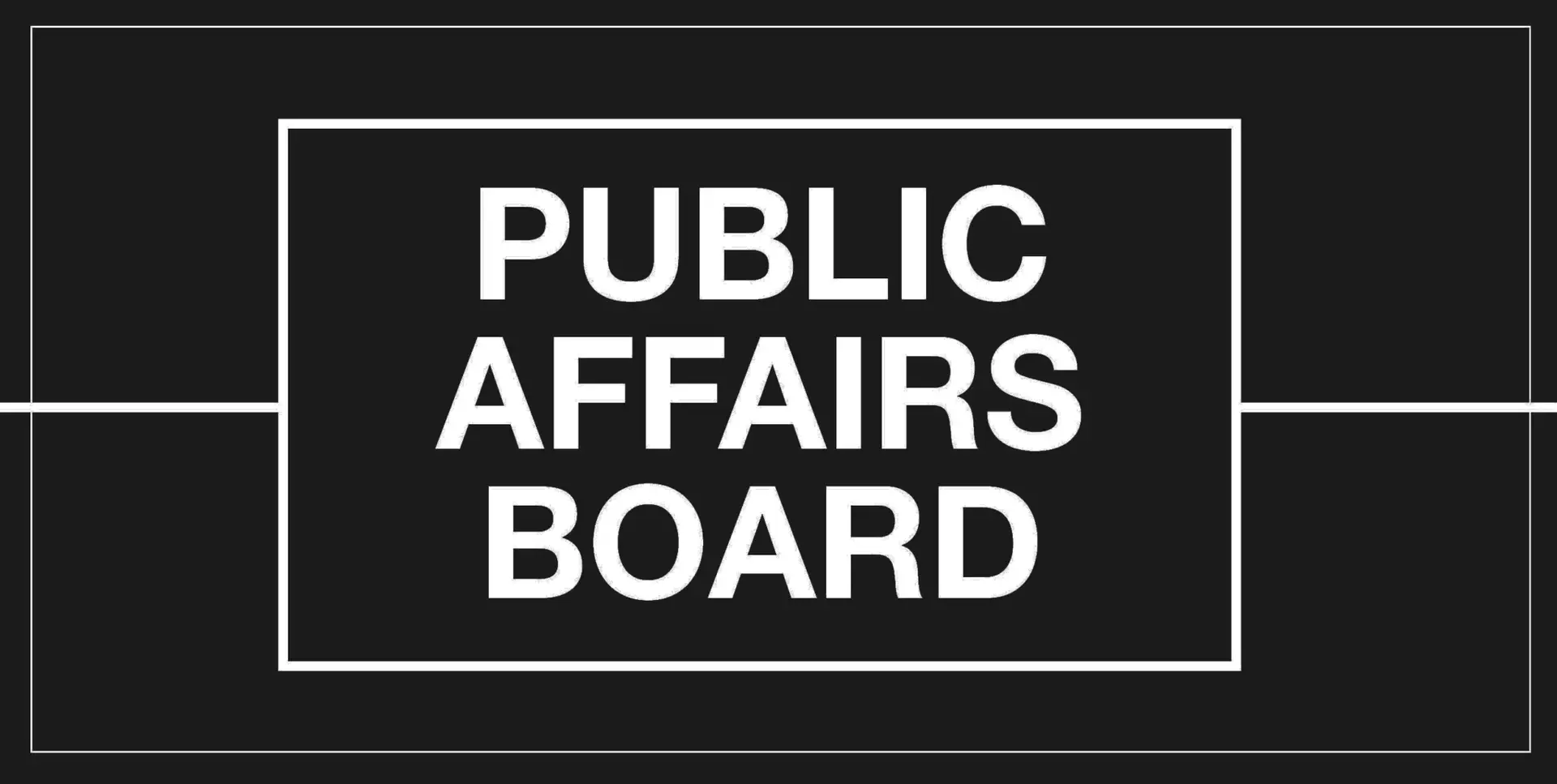1. Ofgem reduces funding for Hinkley Point C grid link
Ofgem plans to grant National Grid Electricity Transmission (NGET) £637 million to build a transmission link connecting Hinkley Point C to the grid. This is £80 million short of the NGET’s initial request of £717 million. £40 million in ‘risk funding’ has been rejected, although it may be able to seek additional funding for some risks including extreme weather or widespread flooding. Ofgem also stated that the higher cost of ‘T-Pylons’ is not justifiable and that they do not appear to provide value for money to the consumer.
(Ofgem, Ofgem proposes to cut costs of new Hinkley Point grid link, 15 October 2019, Link)
2. Dounreay removes half of remaining fuel
The Dounreay Fast Reactor (DFR) was designed with a central core surrounded blanket of natural uranium elements. When these elements were exposed to radiation, they would then create plutonium, a new source of fuel. The core fuel was removed following the closure of the reactor in 1977, however, the elements in the ‘breeder’ zone were found to be swollen and remained in place.
Following the designing and testing of specialised, remotely-operated equipment, decommissioning of the jammed elements resumed in 2017. Two years later, half the remaining radioactive fuel inventory in the reactor vessel has been successfully removed.
(Dounreay, Half the fuel gone from iconic Dounreay reactor, 11 October 2019, Link)
3. NIA reaffirms support for RAB Nuclear Funding Model
As the consultation on the ‘Regulated Asset Base’ (RAB) funding mechanism closes, the Nuclear Industry Association (NIA) has reasserted its support for the model. It states that RAB funding would help keep consumer costs down while still delivering low carbon, reliable electricity. Tom Greatrex, CEO of the Nuclear Industry Association, said that ‘now we have begun building new plants in the UK, we need to continue the momentum and benefit from experience at home, as well as where stations have been successfully built abroad. A new funding model can bring in a wider pool of investors and, along with repeat builds.’
(Nuclear Industry Association, New nuclear financing model can deliver cheaper ‘firm’ low carbon power, 14 October 2019, Link)
Three new members join the Advanced Nuclear Research Centre
Aquila Nuclear Engineering Ltd, BAM Nuttall and Ionix Advanced Technologies have been welcomed to the University of Strathclyde’s Advanced Nuclear Research Centre (ANRC). The ANRC supports the safe and efficient operation of nuclear facilities through process, risk and technical innovations. It also supports the design, safe and efficient operation and decommissioning of nuclear facilities through process, risk and technical innovations. Nick King, ANRC Technical Project Director said that ‘we are delighted to welcome our three new Tier 2 members to the growing ANRC membership, who bring relevant, complementary capabilities and technical expertise to the research centre and we look forward to working closely with them on a number of exciting projects for our members.’
(Nuclear Industry Association, The Advanced Nuclear Research Centre Welcomes Three New Members, 16 October 2019, Link)
Hinkley Point C receives CBE
Stuart Crooks, the Managing Director at Hinkley Point C, has been made a Commander of the British Empire. The honour was awarded in recognition of his ‘services to nuclear energy’ throughout his 33-year career. He received that CBE from Queen Elizabeth II at Buckingham Place on Thursday 10 October 2019.
(EDF Energy, Stuart Crooks receives CBE, 10 October 2019, Link)






